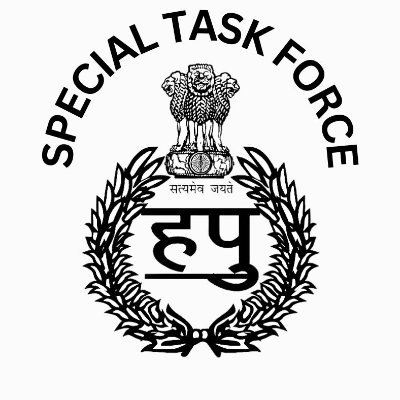Army Chief General Manoj Pande Embarks on Official Visit to Manipur Amidst Ethnic Unrest
Army Chief General Manoj Pande embarked on a two-day official visit to Manipur, a northeastern state in India, to assess the prevailing ground situation. The state has been engulfed in ethnic violence and unrest for over three weeks, stemming from clashes that erupted on May 3 during a tribal solidarity march. The march was organized in the hill districts of Manipur as a protest against the demand for Scheduled Tribe (ST) status by the Meitei community.
In an effort to restore peace and diffuse the situation, the army and Assam Rifles have deployed 135 columns comprising approximately 100 personnel each. These columns are entrusted with the task of establishing dominance in sensitive and fringe areas, thereby fostering a secure environment. Recognizing the gravity of the situation, General Pande plans to visit various locations within Manipur to interact with local formation commanders and troops. This will provide him with a first-hand account of the ground reality, enabling a comprehensive assessment of the ongoing unrest.
Army Chief General Manoj Pande’s Visit to Manipur: Seeking Resolution Amidst Ethnic Unrest
During his visit, General Pande is scheduled to meet several key figures including Governor Anusuiya Uikey, Chief Minister N Biren Singh, and Chief Security Advisor Kuldiep Singh. The purpose of these meetings is to discuss and deliberate over the current situation, exploring avenues to restore normalcy at the earliest. By engaging with these stakeholders, General Pande aims to gather insights and perspectives that will contribute to formulating an effective strategy to address the unrest.
The initial trigger for the violent clashes can be traced back to April 19 when the Manipur High Court directed the Bharatiya Janata Party-led state government to submit recommendations to the Union government regarding the inclusion of Meiteis in the ST list. This decision stirred discontent among various sections of the population, particularly the indigenous tribal communities. The Indigenous Tribal Leaders Forum (ITLF) organized the solidarity march on May 3 to voice their opposition to the proposed ST status for the Meitei community.
The ensuing violence quickly spread throughout the state, exacerbating existing ethnic fault lines. Thousands of individuals were displaced as they fled from their homes and neighborhoods, which were engulfed in flames. Tragically, the clashes claimed over 70 lives, injured more than 200 people, and led to the displacement of more than 30,000 individuals. The affected population comprised primarily of Meiteis residing in the Imphal Valley, Kuki-Zomi tribes residing in the hill districts, and Naga tribes forming a significant portion of the state’s demography.
Recognizing the dire need for humanitarian aid and assistance, the army swiftly undertook relief measures. Approximately 35,000 civilians were successfully evacuated to safe zones, where they received immediate relief and support. The army, in coordination with the Assam Rifles, ensured that essential supplies and humanitarian assistance reached those in need. Their tireless efforts provided a lifeline to the affected individuals, offering them solace amidst the chaos.
While the majority of the violence unfolded during the initial three days between May 3 and 5, sporadic incidents have continued to disrupt efforts aimed at restoring normalcy. These incidents serve as a stark reminder of the deep-rooted ethnic divisions within Manipur, which necessitate sincere reconciliation efforts. Achieving lasting peace requires a comprehensive understanding of the underlying grievances and a commitment to fostering unity among the diverse communities residing in the state.
Army Chief General Manoj Pande’s Visit to Manipur: A Step Towards Restoring Peace Amid Ethnic Unrest
General Pande’s visit signifies the central government’s commitment to addressing the unrest and facilitating an inclusive dialogue. By engaging with local commanders and troops, he seeks to comprehend the intricacies of the situation and gather crucial information that will inform subsequent steps. Additionally, his discussions with Governor Anusuiya Uikey, Chief Minister N Biren Singh, and Chief Security Advisor Kuldiep Singh will enable a holistic assessment of the current challenges and a collective exploration of strategies to restore harmony.
The situation in Manipur remains fragile, demanding sustained efforts to bridge the divide and instigate reconciliation. General Pande’s visit serves as a beacon of hope, symbolizing the government’s resolve to bring peace and stability to the troubled state. By investing in dialogue, empathy, and a genuine commitment to addressing grievances, it is hoped that Manipur can emerge from this dark chapter and move towards a brighter future where diverse communities coexist harmoniously, celebrating their unique identities while embracing a shared vision of progress.

